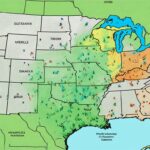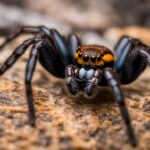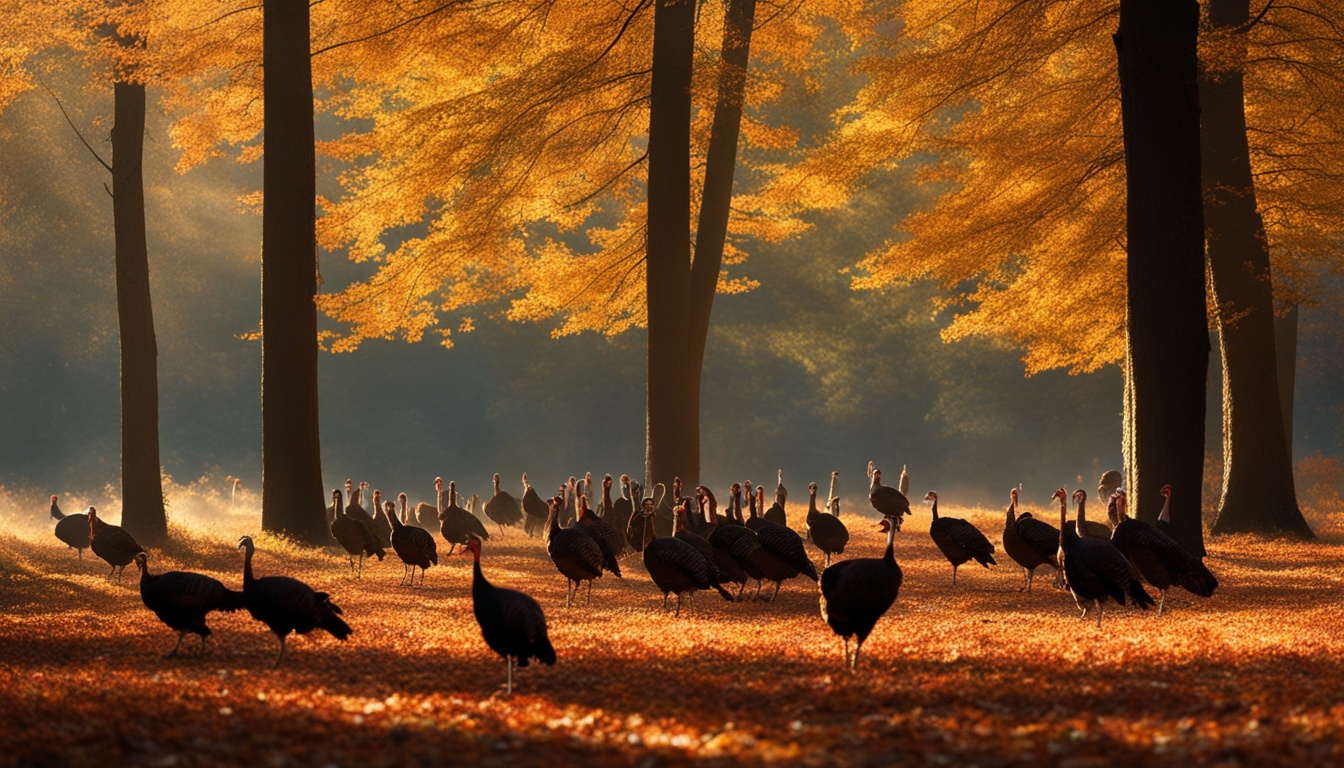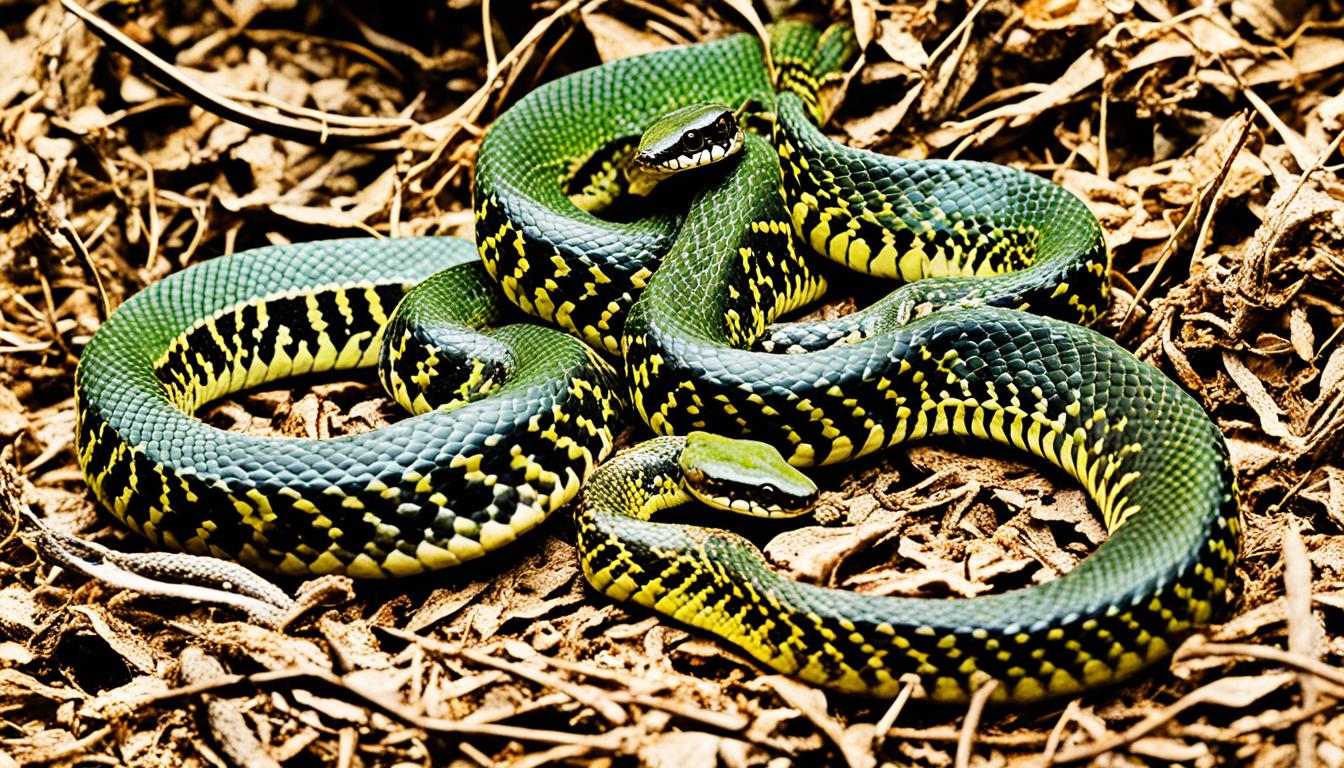Have you ever thought about how your home might attract creatures like raccoons and squirrels? It’s important to keep your home safe from these animals. Regularly checking and using the right techniques can help keep them out. Also, making your house wildlife-proof means you save energy and keep your house dry.
Importance of Regular Home Inspections
Getting home inspections regularly is key to keep home wildlife deterrents work. By checking on your home’s weak spots, you can stop animals from getting in. If the outside of your home is falling apart, animals might find their way in. So, it’s very important to fix things quickly.
Identifying Deteriorated Trim and Fascia Boards
Focus your checks on the trim and fascia boards. Also, look at the siding for any damage. These can be easy ways in for animals.
Make sure your vent screens are tight and in good shape. Animals may squeeze through if they’re damaged or not fitted well.
Checking Attic Vents and Chimneys
Your attic and chimneys are spots animals might sneak in through. Inspect them thoroughly with tools like binoculars and flashlights. They help you see if there are any issues.
Check the vents and chimneys for any damage or blockages. Block some access points to see if animals are using them. This is important to do before you seal any open areas. You don’t want to lock any animals inside your home.
Inspections should really focus on places like the trim, attic vents, and chimneys. This helps you figure out ways to protect home from wildlife. Keeping up with regular checks and quick repairs is how to keep your home safe from animals.
Securing Trash and Compost
To keep wildlife away, it’s important to manage trash and compost well. Make sure they’re not easy to get to for animals. This way, you can lower the chances of harm to both your property and the wildlife.
Locking Trash Containers
One easy way to keep wildlife away from home is to secure your trash. Use cords, ropes, or weights to lock the lids. Ideally, keep your bins in a locked place. Try not to put trash out too early before it’s picked up to stop animals from going through it.
Properly Managing Compost Piles
Handling compost well is also vital for wildlife control. Always cover your compost to stop animals from getting in. Don’t put meat scraps in there, as they attract animals. Also, turn the compost often to keep wildlife away.
| Wildlife Control Method | Description | Effectiveness |
|---|---|---|
| Securing Trash Containers | Use ropes, cords, or weights to lock trash bins and store them in secure locations. | High |
| Proper Compost Management | Cover and secure compost piles; avoid adding meat scraps. | High |
By sticking to these methods, you’ll be able to keep wildlife away from home. This will make your place less tempting for animals looking for food or shelter.
Maintaining Your Yard
Regular yard work helps keep wildlife away. Well-kept areas don’t tempt animals. By following a few steps, you can better safeguard your space from wildlife.
Trimming Tree Branches
Trimming tree branches helps keep animals out. Make sure branches don’t touch your house; they should be at least six feet away. This helps prevent damage to your roof and stops animals from finding their way inside.
Cleaning Up Debris
It’s vital to clean up yard debris for wildlife control. Debris like leaves and twigs can offer hiding spots. Keeping your yard tidy and neat discourages animals from making themselves at home.
Follow these tips to lessen chances of unwelcome animals. A well-maintained yard acts as a barrier against wildlife.
Weatherizing Your Home
Weatherizing your home makes it more energy efficient and helps keep wildlife out. You should seal any cracks or openings. This stops small animals like mice from coming inside.
To keep wildlife out, do more than just seal your home. Use a mix of weatherizing and a wildlife exclusion plan. Start by adding door sweeps to keep animals out. Then seal up gaps and big holes with caulk, copper mesh, or foam.
To fully wildlife-proof your house, you need to do regular checks and repairs. Make sure there are no ways in for animals. Doing this will make your home more efficient and keep wildlife away.
Utilizing Smart Home Devices
Smart home tech changes the game for managing wildlife. It uses smart gadgets to make keeping wildlife out and control easier.
Smart Motion Sensors
Install smart motion sensors across your homes to catch wildlife moving. They notify you right away, so you can act fast. Connect them to alarms or scary noises to make the animals go away.
Smart Security Cameras
With smart security cameras, you can keep an eye on your place all the time. They show who’s coming, and their recordings help you learn about animal habits. This way, you can get better at stopping them.
Automated Outdoor Lighting
Set up lights that turn on when they sense movement outside. They make night visitors visible and scare them off. This light also shows up spots where animals could sneak in.
Using Natural Wildlife Repellents
Employing natural wildlife repellents is a key way to protect your home. Without causing harm, you can keep animals away. These methods are safe and friendly to the environment, which is why many homeowners use them.
Cayenne Pepper and Cat Litter
Cayenne pepper’s strong smell and irritation are helpful. Sprinkle it in your garden or around possible entry points to keep animals away. Used cat litter also works well because it smells like a predator, warning pests to stay away.
Commercial Wildlife Repellents
Commercial wildlife repellents are great for targeting specific animals. They work well with other methods like securing trash bins. When used together, they improve your defense against wildlife.
| Repellent Type | Advantages | Disadvantages |
|---|---|---|
| Cayenne Pepper | Natural, cost-effective | Can wash away with rain |
| Used Cat Litter | Recycles waste, effective signal | Limited to specific animals |
| Commercial Repellents | Target specific pests, long-lasting | Can be costly |
Using these natural methods as part of your plan can keep your home safe from wildlife. Whether it’s using items from your home or buying products, you have many good choices. With the right approach, you can succeed in keeping wildlife away.
Benefits of Pet Adoption for Wildlife Deterrence
Adopting a pet, like a cat or dog, gives more than friendship. It can also keep wildlife away. Pets often chase or mark their space, deterring smaller animals. This tactic agrees with wildlife prevention tips to avoid pests.
Pets can significantly reduce the attractiveness of your home to wildlife due to their territorial nature and instincts.
Adding pets to your wildlife exclusion techniques is wise. Cats and dogs survey their areas naturally. They heighten your wildlife efforts and offer a green way by decreasing chemical use.

| Pet Type | Deterrence Strength | Additional Benefits |
|---|---|---|
| Cats | High | Excellent for rodent control |
| Dogs | Medium to High | Effective for a wider range of wildlife |
| Other Small Pets (e.g., Ferrets) | Low to Medium | Limited to smaller intruders |
Having a pet at home is key to keeping wildlife off your property. It combines with wildlife prevention tips for better safety.
Installing Barriers and Fences
Barriers and fences are great for keeping wildlife away. They stop big animals like deer and small ones like rabbits. The right fence depends on what animals are common in your area. Make sure your fence is tall and deep enough to work well.
- Height: Fences should be tall enough to stop animals from jumping over or climbing them.
- Depth: By burying part of the fence, you can keep animals that dig out.
- Materials: Pick the best materials, like chicken wire or solid panels, for your needs.
Now, let’s look at different materials used in fences:
| Material | Durability | Effectiveness Against Wildlife | Cost |
|---|---|---|---|
| Chicken Wire | Moderate | Effective against small animals | Low |
| Solid Panels | High | Effective against medium to large animals | High |
| Electric Fencing | High | Highly effective against all sizes | Medium to High |
Using the right fences can help protect your property from wildlife. Evaluate your needs and choose the best solution. This way, you can keep your home and garden safe from unwelcome animal guests.
How do you prevent wildlife from entering your home in the USA?
Preventing wildlife from getting into your home involves many strategies. These can vary based on your surroundings and the wildlife there. A good first step is to make your house hard to enter. This means sealing off any ways animals could get inside.
Keeping your yard clean is very important too. It makes your home less attractive to wild animals. You should also use things like natural repellents, motion sensors, and lights. These can help scare off animals.
Putting up fences also makes it harder for animals to come in.
Here’s a quick look at the main methods to use:
- Regular inspections to identify and seal potential entry points
- Maintaining a clean yard to deter hiding and nesting
- Utilizing smart technology for real-time monitoring
- Using natural repellents to deter wildlife
- Installing physical barriers like fences
| Method | Description | Benefit |
|---|---|---|
| Sealing Entry Points | Close gaps and cracks that wildlife can use to access your home | Prevents wildlife from entering the house |
| Clean Yard | Regularly remove debris and maintain cleanliness | Makes the yard less appealing for wildlife |
| Smart Technology | Use motion sensors, security cameras, and automated lighting | Offers real-time monitoring and deters nocturnal animals |
| Natural Repellents | Employ items like cayenne pepper and commercial repellents | Provides a low-cost, effective deterrent |
| Physical Barriers | Install fences and barriers tailored to local wildlife | Creates a strong defense against wildlife intrusion |
It’s also critical to regularly check and update your security measures. This will keep wildlife out more effectively. By using these approaches consistently, you can sustain a secure home.
Common Wildlife Intruders and Their Risks
It’s crucial to know what wildlife often gets into our homes. In the U.S., we often see squirrels and rats inside. They chew through walls and wires, which might cause fires. Plus, they can make our food unsafe and spread diseases.
Rabbits and deer can mess up our gardens. They eat plants and trees, which is bad if we work hard on our gardens. We need to protect our gardens with fences or sprays.
Raccoons and opossums bring health risks because they could have rabies. It’s dangerous for both us and our pets. If bears or coyotes show up, they could hurt us. They might also damage things outside, like sheds. We need to be careful and use many ways to keep wildlife away from our homes to stay safe.










